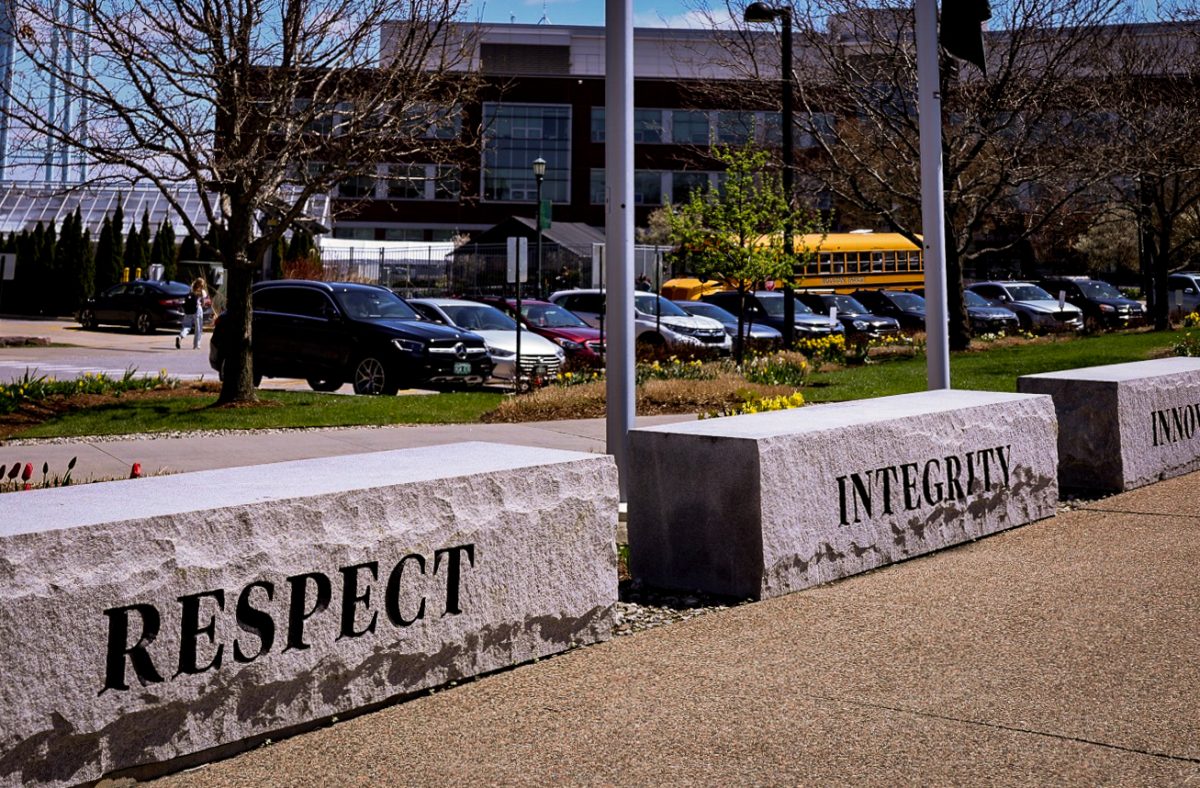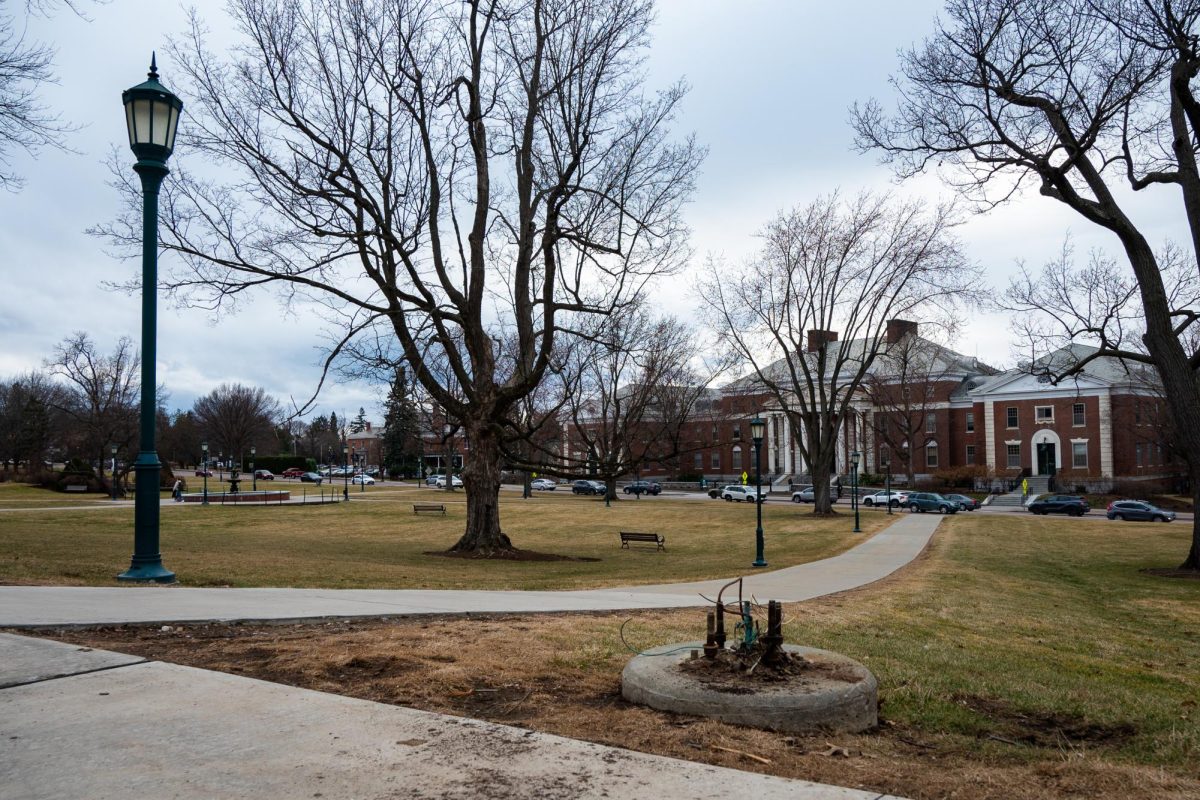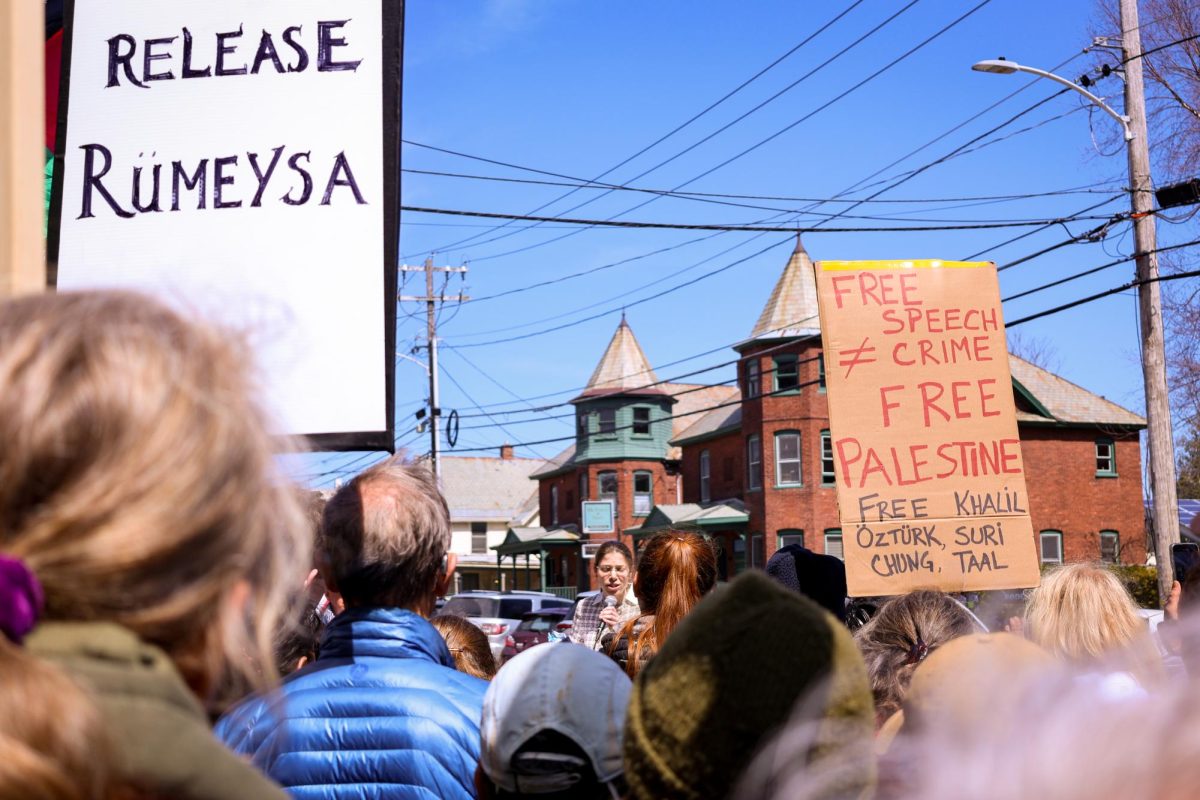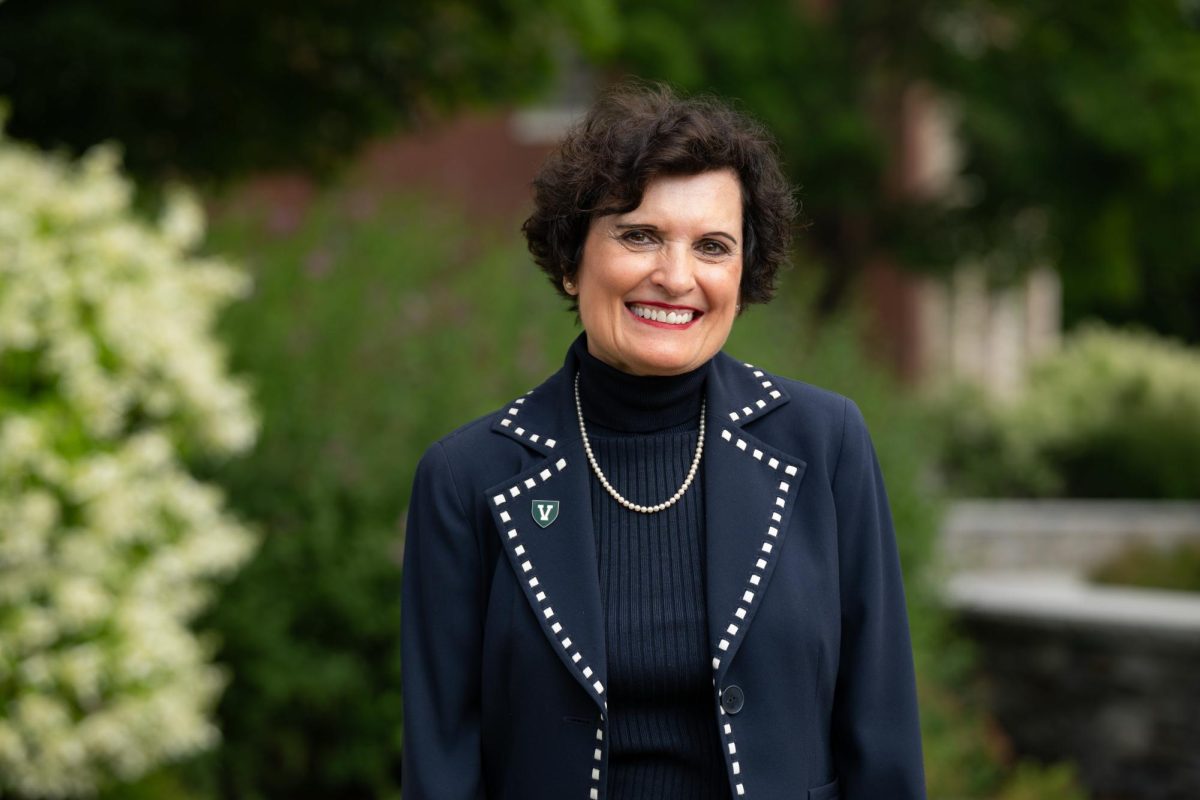The word on everyone’s lips these days, besides Obama, is yoga. Freaked out about upcoming exams? Try yoga. Back pain? Go to Yoga! Arthritis or high blood pressure? Yoga will help. ADD? Yoga…Touted as a “stress-reducer” and “relaxation-aid” by popular medical vehicles WebMD and MayoClinic, yoga is the evolving American phenomenon in medical and therapeutic fields. Borderline panacea, yoga is being prescribed by doctors, psychologists and celebrities-Madonna, Sting, Russell Simmons, Christy Turlington and Gwenyth Paltrow are all self-declared yoga enthusiasts.”I was experiencing severe back pain,” UVM junior, Frank Plew said. “My doctor recommended yoga.” “After 6 months practicing Bikram Yoga, I noticed considerable reduction of pain and inflammation in my tendons,” Plew said.Evolution Yoga in downtown Burlington combines physical therapy and yoga. Janet Caardsen is both the owner and a physical therapist.”I found yoga to be healing, and there was a research study in the annals of medicine that compared straight physical therapy to yoga in chronicling back pain. They found that the yoga treatment program had superior outcomes,” Caardsen said. The Mindfulness Center, part of the Center for Health and Wellbeing at UVM, offers yoga and meditation sessions as a holistic approach to achieving a sense of health and well-being. Yoga instructor Bonnie Anderson works closely with the Mindfulness Center.”Yoga helps to calm the mind, which can alleviate stress. The body holds onto a lot of stress. You can see it in people’s shoulders,” Anderson said.”Through breath, [and] helping people to breath, yoga is transformative,” Anderson adds. “Yoga stimulates circulation and certain postures stimulate different organs.”Mindfulness workshops offered by UVM incorporate yoga as a physical and mental practice that can alleviate depression and anxiety. Evidence of recent research is suggesting that yoga can directly affect mood and neurotransmitter levels. In Dr. Chris Streeter’s May 2007 study, she and her colleagues assessed the brain scans of yoga participants, finding a significant boost in levels of the brain neurotransmitter gamma-aminobutyric, immediately after a one-hour yoga session. Low GABA is associated with depression and anxiety.The focus on yoga as an alternative therapy to mental and physical illness is relatively new in the United States. “Yoga as medicine represents the next great yoga wave,” Kaitlin Quistgaard, editor in chief of Yoga Journal said. As a fitness phenomenon, the numbers are unbelievably high: according to a yoga study conducted by Yoga Journal in 2008, 15.8 million Americans include some form of yoga in their fitness regimen – twice as many as did five years ago; 75 percent of all U.S. health clubs offer yoga classes.UVM Parks & Recreation has also jumped on the bandwagon; it caters to the demands of over-stressed students, faculty and staff by offering a series of drop-in fitness and instructional yoga classes. Aleksandra Townsend is the director of Parks & Recreation. “You feel good after you practice yoga. There is no injury; no pain, no gain mentality,” Townsend said. “Instead, you feel relaxed, rejuvenated, and you have more energy.”The origins of yoga date back to 5,000 BCE. In India, yoga is considered one of the six branches of classical philosophy and is referred to throughout the Vedas – ancient Hindu scriptures and amongst the oldest texts in existence. The varied philosophies and methodologies of yoga itself were clearly and methodically brought together and presented by the sage Patanjali in his set of 196 aphorisms called “The Yoga Sutras,” written about 2,200 years ago.According to the Patanjali’s “Yoga Sutras,” yoga is the sensation of the fluctuation of the mind matter. “The word yoga, comes from the Sanskrit word ‘yuj,’ meaning to yoke or unite,” said Keri Johnson is a UVM grad and yoga instructor at Patrick Gymnasium and Yoga Vermont on Church St.This implies joining or integrating all aspects of the individual – body with mind and mind with soul – to achieve a happy, balanced and useful life, and spiritually uniting the individual with the supreme.Janet Carscadden is the owner, physical therapist and yoga instructor of Evolution Yoga in Burlington. “The purpose of yoga is to achieve enlightenment,” Carscadden said. “In Western classes, we practice asana. The goal of these poses is to loosen up your body and quiet your brain so you can sit and meditate, to sit and get your inner self in connection with the energy that’s out there in the universe.”The controversy today is over yoga’s many different forms. Can yoga incorporate a hip-hop class? A reggae class? Should the physical and mental philosophies be separated?Each instructor holds a different opinion. “Yoga will keep evolving. Back in the ’60s they didn’t have yogalates or reggae yoga, and I think it will move through all these funky distortions of it, and then maybe return to its roots,” Anderson said. “These yoga-hybrids in a way are just marketing tools.” Carscadden thinks that “when you start thinking of yoga just as a movement it becomes aerobic. But when you focus on the breath and the movement, and the intention and clarity of moving with breath, you are practicing yoga.” “It is constantly evolving, that’s what yoga is. It’s a changing dynamic practice, and it allows for this,” Anderson said. Johnson teaches reggae-yoga and hip-hop-yoga classes at UVM and sees these western additions as complimentary.”The music of reggae is about soul, and about liberating yourself and experiencing yourself,” Johnson said. “Yoga has the same goal in mind.””People are different, their brains are different,” Carscadden said. “Some people need the asana, they need to really sweat to get the brain to quiet down. They need to meditate on music while some people need to be very gentle and slow.”Johnson thinks that incorporating modern music into the practice of yoga could broaden the appeal.”Yoga is for any and everybody and should be accessible to all,” Johnson said.
Categories:
Hip to the Yogi hop
November 10, 2008
0
More to Discover







